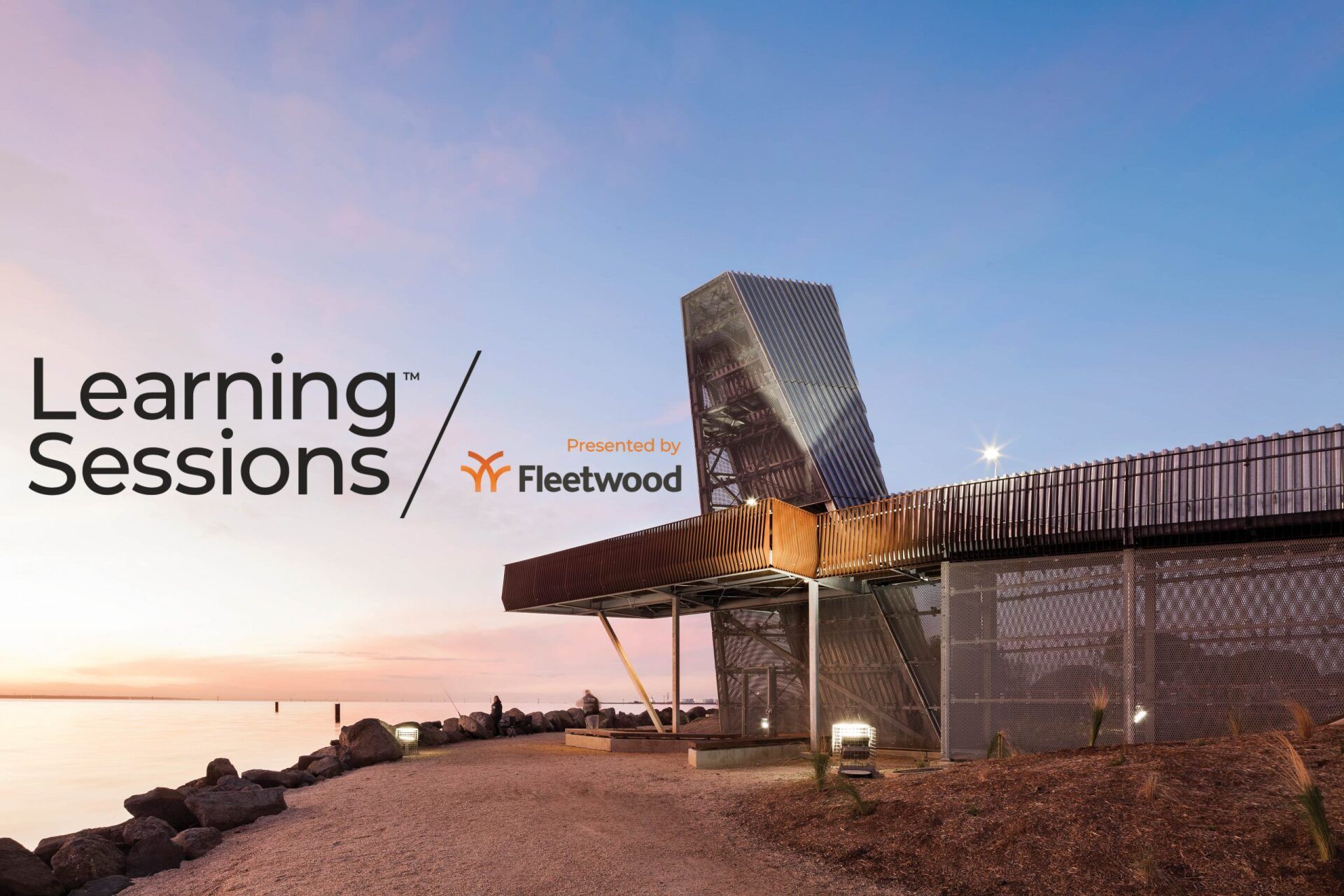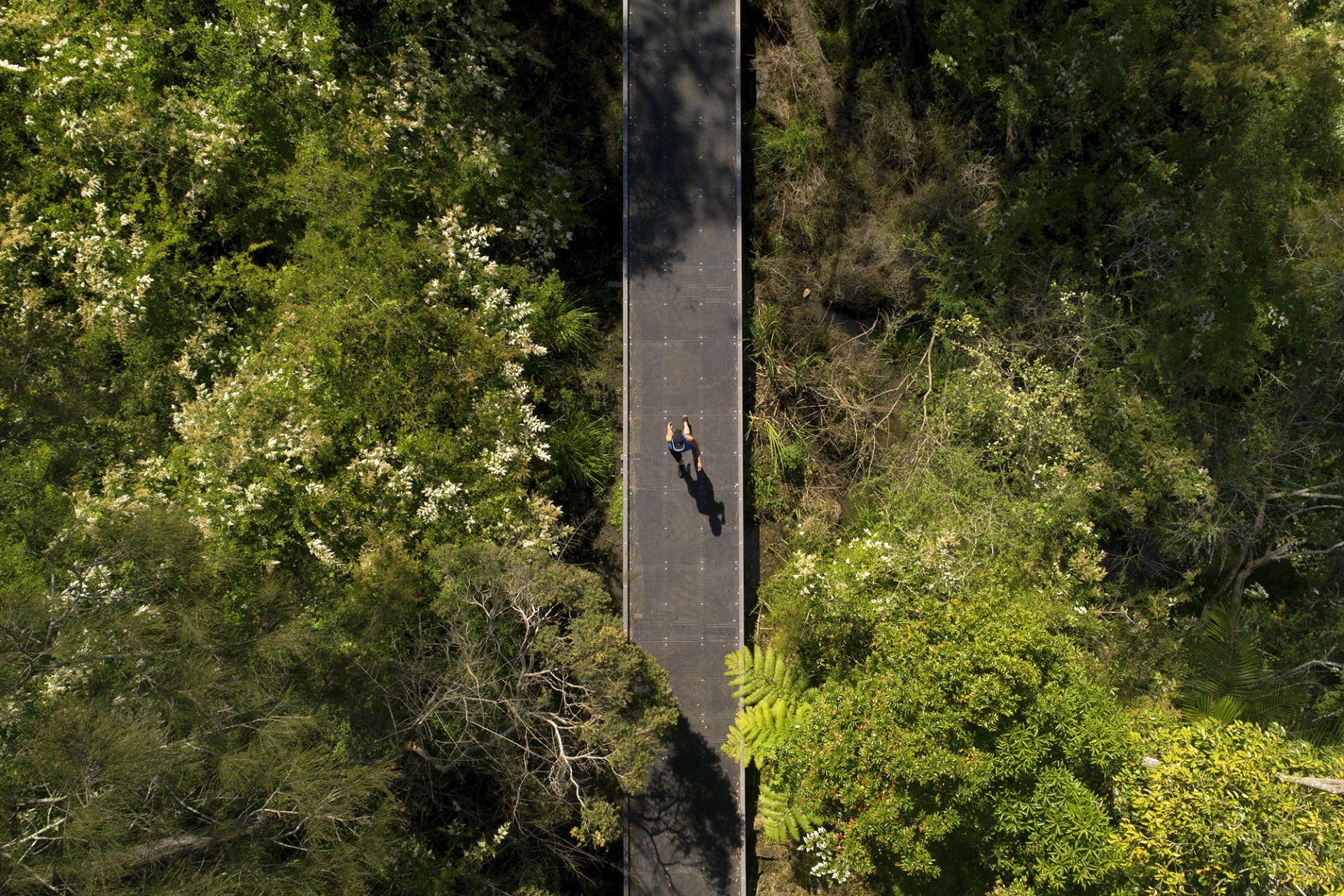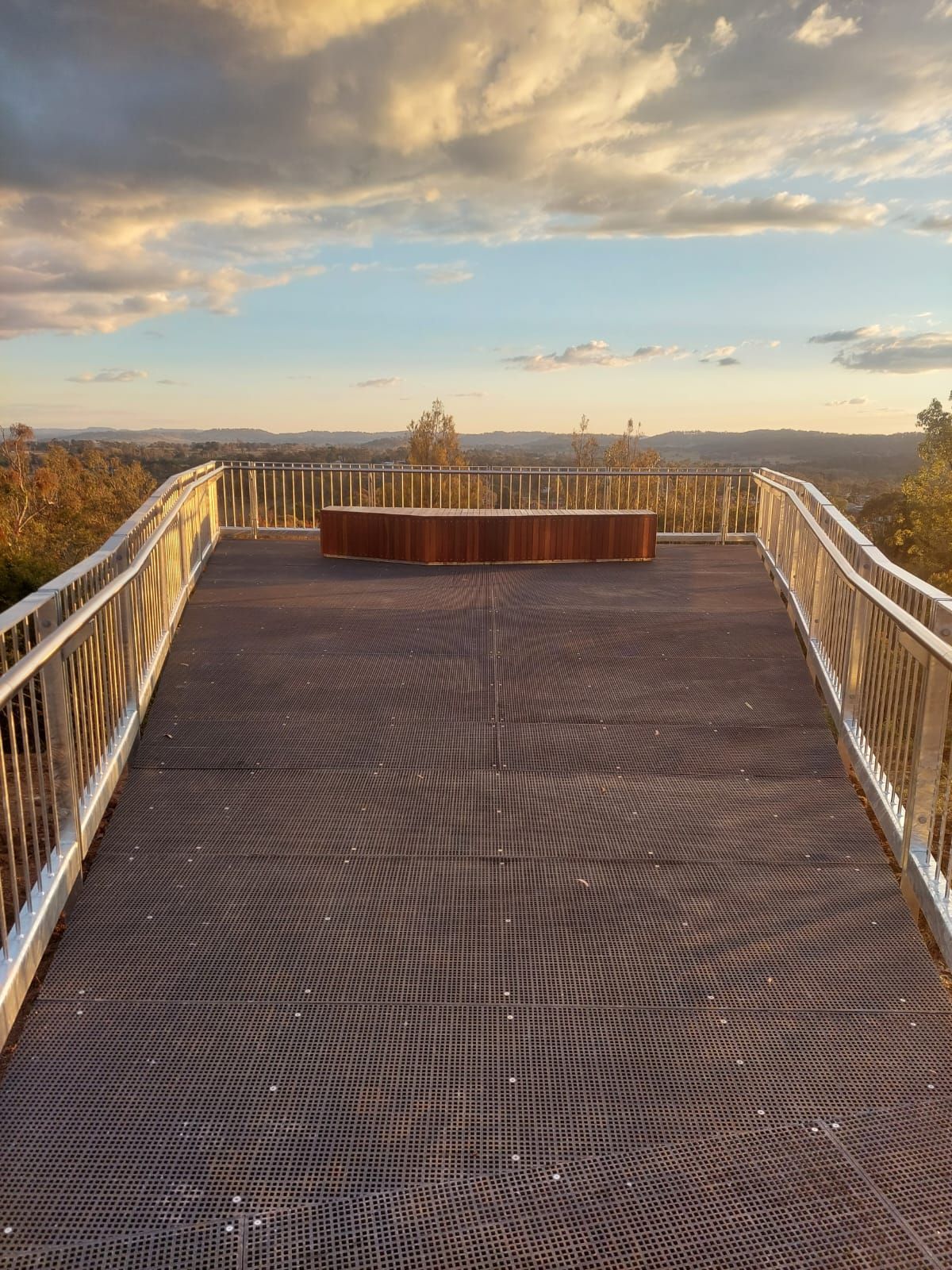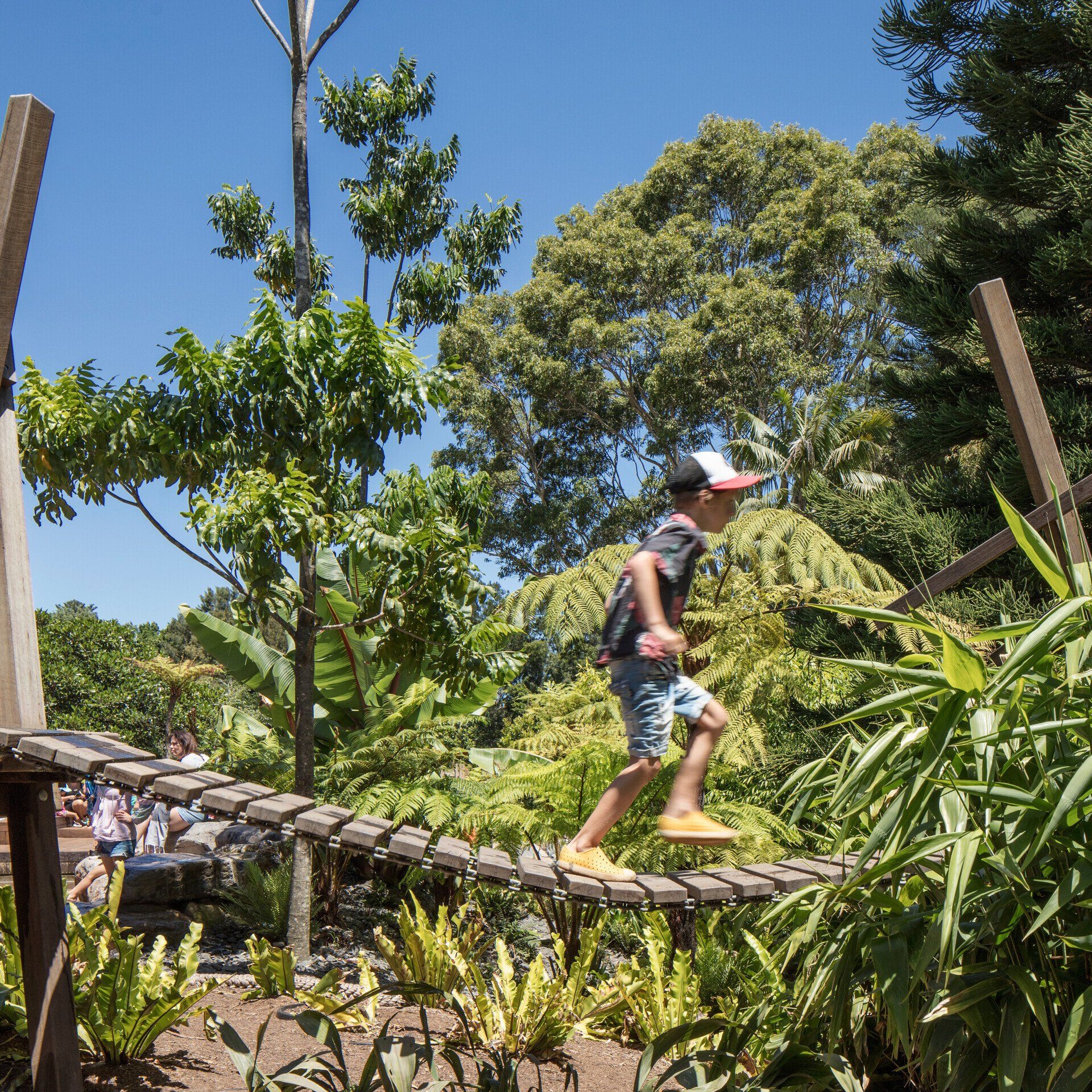Exploring tomorrow, today.
60+ industry attendees. 3 thought-provoking presentations. Excellent response to Fleetwood’s first Learning Session webinar.
Hollywood legend Jack Nicholson once brutally warned, “The minute you’re not learning, you’re dead.” Based on the feedback from our first-ever online Learning Session last Tuesday morning, I’m pleased to report our industry is alive and well!
In response to the ongoing social distancing restrictions, the rescheduled event was run as an industry-exclusive webinar, with Director Roger Joyce as host, and marked the first Fleetwood Urban Learning Session for 2020. With more than 60 attendees checking in from all over Australia, the audience was treated to three insight-laden presentations from some of the Industry’s most respected authorities in urban and landscape development, around the theme of ‘Tomorrow, Today: The Future’.
The Speakers:
– Julia Manrique, McGregor + Coxall
– Matthew Mackay, ASPECT Studios
– Sue Dewar, Lendlease
Exploring many of the critical challenges, opportunities and trends that are shaping our industry in 2020 and beyond, the 60-minute discussion covered a huge amount of ground. From climate change resilience and biodiversity preservation to the community-connecting potential of new technologies and data, topics centred on the future role of placemaking, urban planning and greenfield development. Here’s just a short summary of what each of our speakers had to say.

JULIA MANRIQUE | Associate, Co-Discipline Leader, McGregor + Coxall (Sydney)
- Strong need to consider what community open spaces will look like in 5 to 10 years from now – and why
- Loss of habitats, green spaces and water ‘sponges’, and increasing urban heat are all very real challenges
- The good news is development has the potential to drive significant environmental improvements
- Functional green spaces/corridors – filling the missing links that connect our urban communities with nature (e.g. Cooks River)
- Local knowledge and context is critical – not just ‘ticking boxes’ (e.g. Maitland High Street)
- Treating our cities as ‘biocities’ – one part of the broader environment
- Water and shade – using collaborative design to deliver air and surface temperature reductions and smarter/more sustainable water systems
- “Think Globally, act Locally.” – E.F Schumacher
MATTHEW MACKAY | Studio Director, Melbourne, ASPECT Studios
- Looking back to look forward – understanding the evolving trends in contemporary landscape architecture and play space design
- A return to natureplay – moving away from ‘plastic fantastic’ and towards more tactile/garden-based approaches to play spaces and learning environments (e.g Ian Potter Wild Play Garden)
- Increasing focus on healthier communities – ‘Healthy Active by Design’
- Green infrastructure and biophilic design – greater understanding of how connections with nature can benefit our cities
- Building future projects upon past legacies/geomorphology
- Bi-cultural design – engaging in partnerships with Traditional Owners, exploring ancient local cultures, seasons and landscapes through contemporary design (e.g. Smith’s Lane)
SUE DEWAR | State Urban Design Manager, Residential (Queensland), Lendlease
- The future of Public Space in Queensland and Broader Australia
- Greenfield trends: infill sites carrying more weight, shift towards lower density living (post COVID-19), new and more affordable housing typologies
- Greater durability/climate change resilience, mitigating ‘heat island’ effect (increased shade/reduced hard paved spaces), restored ecosystems/living waterways, urban agriculture
- Sharing of untapped private & public open spaces, maximising layering and connectivity, turning ‘unusable’ spaces into useful social spaces
- More considered integration between commercialisation and social welfare in the public realm – more pop-ups, more events
- Rejection of generic spaces – growing demand for bespoke/site-driven designs, more authentic, contextually driven and memorable spaces
- Utilising data and technology to help shape and inform communities – monitoring visitors, biometric identification facilities, smart furniture/street lights, recharging stations, drone parks, e-sports opportunities and more
- Strong need for an agreed financial model for ‘stranded assets’ to help reduce emissions.
Sharing ideas and inspiration
Host of last Tuesday’s webinar, Fleetwood Director Roger Joyce, was delighted with the response and the continued success of our Learning Sessions which first began in 2016. “As professionals we all want to grow our knowledge and be inspired,” Roger said. “Whether it’s done face-to-face or through a socially-distanced webinar, our Learning Sessions are a wonderful opportunity to share knowledge and insights with our clients and partners across Australia. They’re also a really important demonstration of our desire to add even greater value to the industry, now and into the future. Long may they continue.”
Interested in attending our next Learning Session? Sign up today to be included in upcoming events.
More from Fleetwood Files.

Explore
Certifications
Environmental Management : ISO14001
Quality Management : ISO 9001
OHS Management : ISO 45001
All Rights Reserved | Fleetwood Urban | Privacy Policy




